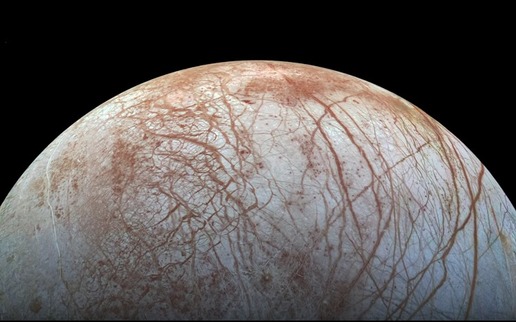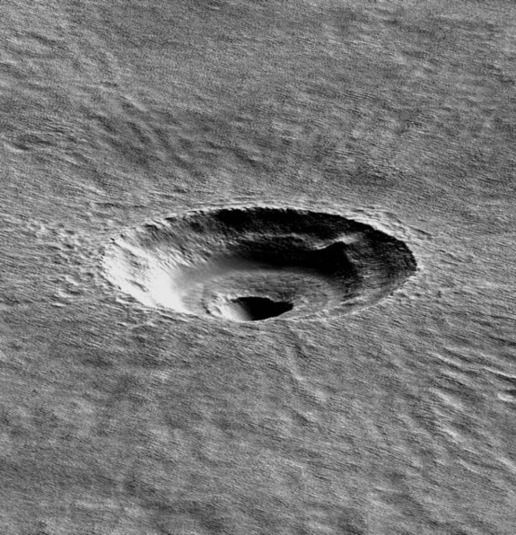Illustration by Astronomy: Chuck Braasch from a Aidan Monaghan photo
Self-proclaimed science geek Andy Weir never thought The Martian would be published. Now, the New York Times best-seller is about to put NASA's Red Planet plans in the limelight.
By Eric Betz
A small white sprinter van kicks up red dust as it slides across the
“martian” sand toward a yurt-like astronaut habitat. Its path winds past
the scorched remains of a Mars Ascent Vehicle built to launch crew to
orbit.
Above this fictional Mars-scape, a ceiling vaults some six stories tall,
placing the cavernous soundstage among the largest in the world. Small
blimps bolster legions of lights. Green screen sheets line the
stadium-sized walls. Eventually, images of blue Mars sunsets and
butterscotch evening skies captured by NASA’s rovers will become a
backdrop, along with shots of Wadi Rum, Jordan — a red desert stand-in
for Mars.
But for now, it’s more like a surreal sandbox here at the last day of filming on set at The Martian. And a group of young Hungarian men are stepping out of the van to start the long disassembly process. Their present task, removing laboratory equipment from the astronaut habitat, or Hab, is easy in comparison to the one to come — someone has to remove all 1,200 tons of this carefully color-matched Mars dirt.
For 12 weeks, this movie set, through suburbs and past Hungarian countryside homes on the outskirts of Budapest, has seen many of Hollywood’s biggest stars and most celebrated filmmakers.
The scene is what every crazed Moon landing conspiracy theorist imagines Stanley Kubrick doing half a century earlier.
Some of NASA’s most senior scientists believe that when The Martian
hits big screens October 2, the movie’s obsessive adherence to science
fact will be enough to make their nonfictional “Journey to Mars” real
for millions of Americans. Because in contrast to the silver screen
space agency of the same name, NASA’s actual program is nowhere near
ready for prime time.
If humanity is to put astronauts on Mars, NASA is going to need a surge in support to levels unseen in generations. That’s an unlikely achievement for a Hollywood film, but The Martian is just one part of NASA’s growing publicity machine.
But for now, it’s more like a surreal sandbox here at the last day of filming on set at The Martian. And a group of young Hungarian men are stepping out of the van to start the long disassembly process. Their present task, removing laboratory equipment from the astronaut habitat, or Hab, is easy in comparison to the one to come — someone has to remove all 1,200 tons of this carefully color-matched Mars dirt.
For 12 weeks, this movie set, through suburbs and past Hungarian countryside homes on the outskirts of Budapest, has seen many of Hollywood’s biggest stars and most celebrated filmmakers.
If humanity is to put astronauts on Mars, NASA is going to need a surge in support to levels unseen in generations. That’s an unlikely achievement for a Hollywood film, but The Martian is just one part of NASA’s growing publicity machine.


